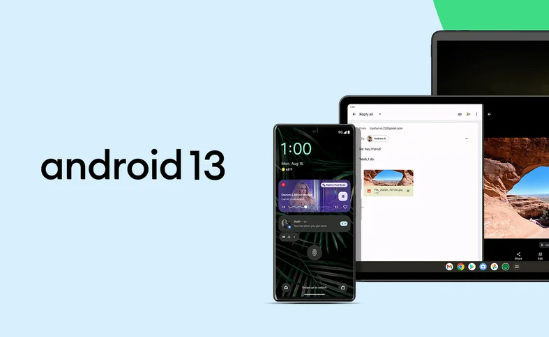Android 13 has taken the throne as the most popular operating system, with an impressive 22.4% adoption rate, according to the latest data released by Google on Oct 1.
This significant increase, up from 15% in May 2023, showcases the rapid growth of Android 13 despite the challenges posed by Android's fragmentation issue.
The data, originally spotted by tech enthusiasts Mishaal Rahman and GizChina, provides valuable insights into the distribution of Android versions across the vast spectrum of devices running the Android OS.

Android's Mobile Operating System Dominance
Android's dominance in the mobile operating system market is unquestionable, as it powers billions of devices worldwide, including smartphones, tablets, and even cafe automation systems.
However, PhoneArena notes that this success has been accompanied by fragmentation, with various versions of the OS coexisting due to different manufacturers' update strategies.
Google has been actively addressing this challenge by collaborating with manufacturers to expedite software updates and providing developers with tools to support older devices better.
Despite these efforts, there is still a substantial user base on Android 9, released in 2018, which currently accounts for 10.5% of devices. Unfortunately, these users are missing out on essential security patches and bug fixes as their devices have reached their end of life.
Android 13 Takes the Lead
The latest data reveals a positive trend in reducing fragmentation, with Android 13 taking the lead. Within a mere five months, Android 13's market share surged from 15% to 22.4%, marking a remarkable achievement.
This growth indicates that both new and existing devices in the market have received timely updates, a crucial step toward a more unified Android ecosystem.
Following Android 13, Android 12 sits at the second position with a distribution rate of 15.8%, experiencing a slight decline from its earlier 16.3%.
Meanwhile, the still-popular Android 11, which held a distribution rate of 23.1%, now stands at 21.6%. These numbers shed light on the challenges posed by older devices that continue to run outdated Android versions, both limiting user satisfaction and creating security vulnerabilities.
For a more comprehensive overview, the distribution rates of various Android versions are as follows:
Android 13: 15% -> 22.4%
Android 12: 16.3% -> 15.8%
Android 11: 23.1% -> 21.6%
Android 10: 17.8% -> 16.1%
Android 9: 11.9% -> 10.5%
Android 8.1: 6.1% -> 5.4%
Android 8: 2.2% -> 1.9%
Android 7.1: 1.5% -> 1.3%
Android 7: 1.5% -> 1.3%
Android 6: 2.3% -> 1.9%
Android 5.1: 1.5% -> 1.2%
Android 5: 0.3% -> 0.2%
Android 4.4: 0.5% -> 0.4%
While Android's fragmentation challenge remains, the progress shown by the surge of Android 13 indicates a promising future for the Android ecosystem.
With these concerted efforts, the hope is to see a more rapid adoption of new Android versions, reducing the time it takes for them to become the standard on users' devices.
Stay posted here at Tech Times.
Related Article : PSA for Pixel 6 Users: Don't Update to Android 14, Storage Issues Arise

ⓒ 2026 TECHTIMES.com All rights reserved. Do not reproduce without permission.




